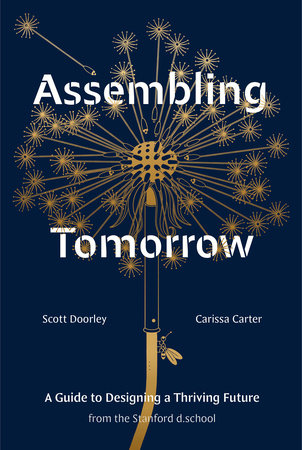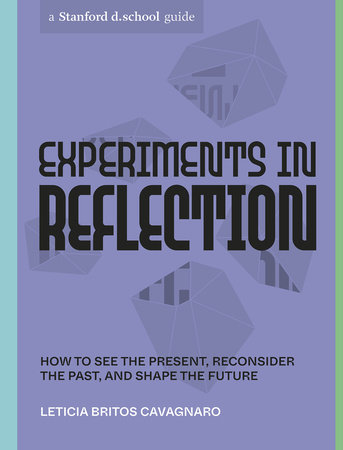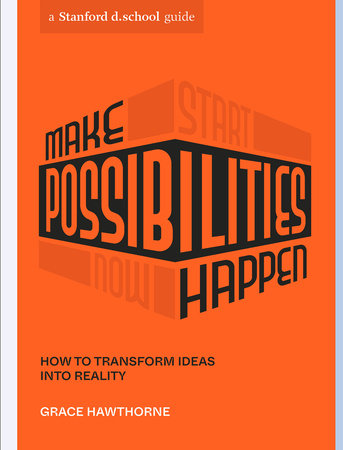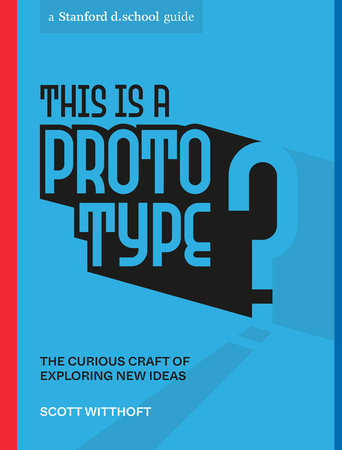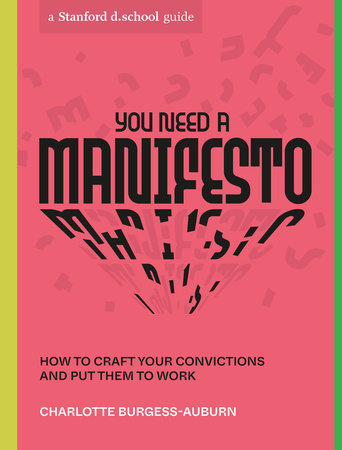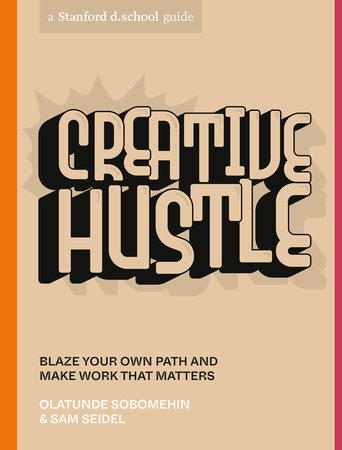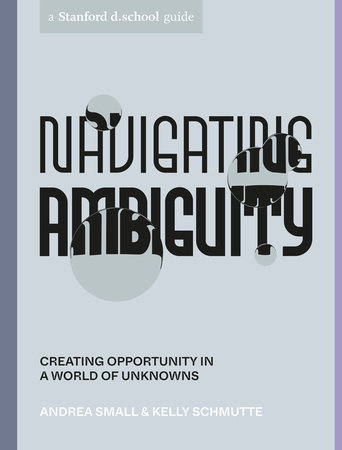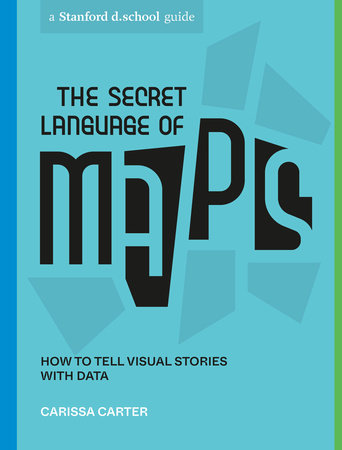Excerpt
Drawing on Courage
IntroductionWhy Courage?
You might look back at moments in your life and your work, as I do, and wish you had acted more courageously. You probably knew then what was the right thing to do (or at least you know now what you should have done), but you didn’t do it. You chickened out.
This moment may have felt monumental or minor: leaving home to move to a new city, speaking up for a cause you believe in, asking someone out, having a difficult conversation, getting up on stage, trying something new, voicing an opinion that might have been unpopular among your peers, asking for help, and on and on.
Acting with courage is hard. You are taking a risk, and that’s scary. Yet you have to act with courage—even though you may not be ready, the conditions aren’t ideal, or you are venturing into unknown territory. Why? Because courage is the precursor to all change. Without courage, the status quo remains the status quo.
Design is also about challenging the status quo, be it the impossible curves in the buildings of a world-class architect like Zaha Hadid, the inventive installation art of a graphic designer like Stefan Sagmeister, or anything in between. It all takes courage.
But, this book isn’t just about designing with courage. It is about
couraging with
design. Couraging with design means using the tools of design to be more courageous—no matter who you are or what you do. Just as designers sketch out ideas to see if they’re any good, you can do the same with your fears to see if they’re really as bad as they seem. Just as designers “prototype” to test concepts, you can try out things that feel a little risky. Just as designers craft catchy slogans to capture your attention, you can use language to shape your own actions.
My StoryI noticed my courage gap during a stint as the head of design at Zomato, one of the biggest technology startups in India.
I pride myself on being a quick learner. When I encounter something new or difficult, my reflex is to bridge the gaps in my knowledge with research, skills, and tools. When I’m struggling to convince my project’s stakeholders, I seek to get better at negotiation and articulating the principles and values that inform the solution. If I’m not seeing eye to eye with my team, I might learn more about communication and coaching. When I’m working on a new project, perhaps I take a class.
Sure, additional knowledge, skills, and tools can be helpful, but they are not always enough.
» As an employee, knowing the right design principles and negotiation skills didn’t make it less scary to stand up for those principles and values.
» As a manager, understanding the principles of good communication didn’t make it less uncomfortable for me to have honest conversations, give and receive feedback, or let someone go.
» As a designer, learning new tools didn’t make it less embarrassing to show my early work.
Once I noticed this pattern in my work, I could see it in other parts of my life too. Without courage, the act of collecting skills and knowledge can become a kind of waiting: Waiting to get better. Waiting to get ready. Waiting for conditions to improve. Waiting for the path to reveal itself. Waiting for someone to give you permission. In sum: not acting.
You might be waiting to act, too. But if you wait for too long to leap to the other side, sometimes there is no other side left. The moment passes you by. Courage is making the leap when you must—not only when you’re ready.This book is about that leap, and about the journey you must take both before and after. Following are the four key stops along way.
1 The fear that blocks you.
2 The values that bolster you.
3 The moment of action.
4 The change that ensues.
Let’s begin.




